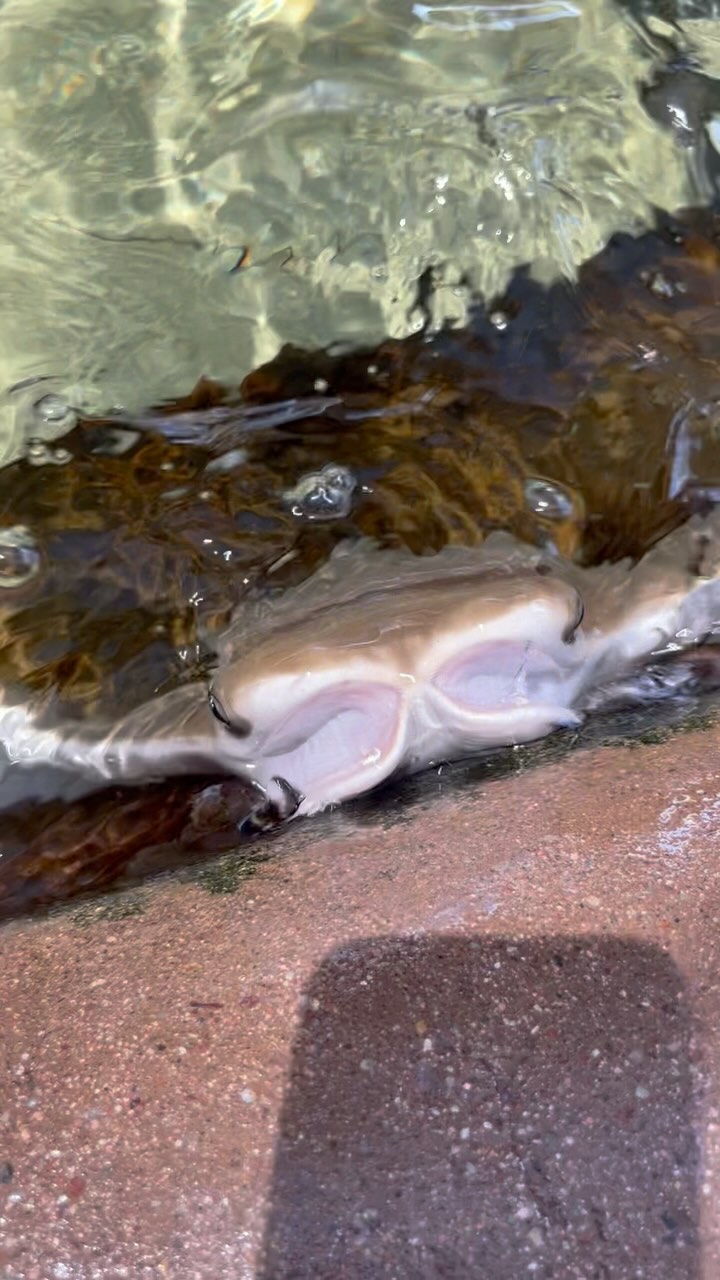- Introduction to the concept of pet nicknames and their significance.
- Understanding animal behavior and characteristics inspires nicknames.
- Examples of popular pet nicknames and their origins.
- The role of nicknames in zoo management and wildlife conservation.
- How nicknames enhance human-animal bonding and promote conservation awareness.
Nicknames are not just playful endearments; they reflect personal connections and unique traits of animals. When we consider the question, “What’s your favorite nickname for these cuties?” we’re diving into a deeper discussion that touches on behavioral science, animal care, and conservation efforts.
Animal behavior and characteristics often inspire the nicknames we give our pets and wildlife. For instance, a slow-moving tortoise might be affectionately called “Speedy” as a humorous contrast to its natural pace. Similarly, a dog with strikingly large ears might be named “Dumbo” after the famous Disney character. These nicknames often stem from distinctive physical traits or behaviors that owners and caregivers observe and cherish.
In the wild and zoos, nicknames play a significant role in shaping our perception of animals. Take the infamous “King of the Jungle” for lions, a moniker highlighting their majestic presence and dominant role in the ecosystem. These names aren’t just fun; they capture fundamental truths about each species.
Popular pet nicknames often have fascinating origins. A common cat choice, “Whiskers,” highlights their prominent facial feature. “Buddy” is frequently used for dogs, emphasizing their role as loyal companions. Names like “Ziggy” for a restless pet capture personality traits that make each animal stand out.
In a zoo setting, nicknames can be crucial in fostering familiar and amicable relationships between animals and their caretakers. These affectionate terms help institutional staff and volunteers maintain a more personal connection with the animals they care for. For example, among the 100+ elephants at a wildlife reserve, a particularly playful one might be dubbed “Jumbo” by the staff due to its playful antics. This nickname not only personalizes the animal but also aids in better recognizing and managing individual animals amid a large group.
The use of nicknames in conservation efforts is similarly beneficial. Giving charismatic names to endangered species can increase public interest and support for conservation initiatives. Naming a panda “Bao Bao” or a rhinoceros “Rhino Rey” humanizes these creatures and makes their plight more relatable to the public. It’s a strategic tool conservationists use to evoke empathy and drive engagement in wildlife preservation campaigns.
Nicknames also play a critical role in enhancing human-animal bonds, particularly in educational and rehabilitation settings. Animals that have been rescued from dire situations and are under rehabilitation often respond better to caretakers who call them by affectionate names. The emotional connection fostered by these nicknames can significantly impact their recovery and socialization.
Moreover, nicknames make it easier for educators and conservationists to communicate about specific animals or species with the public. When visitors hear about “Olive the Owl” or “Benny the Bear,” they feel an immediate link to these animals’ stories and conservation messages. This approach makes learning engaging and memorable.
In conclusion, asking, “What’s your favorite nickname for these cuties?” opens a window into the profound impact of nicknames on our understanding and interaction with animals. From capturing individual traits to enhancing zoo management practices, these nicknames are pivotal in fostering human-animal connections and supporting wildlife conservation efforts. Through this lens, nicknames are far more than simple terms of endearment; they are powerful tools for education, conservation, and collaboration between humans and animals.
*****
Source Description
What’s your favorite nickname for these cuties?

